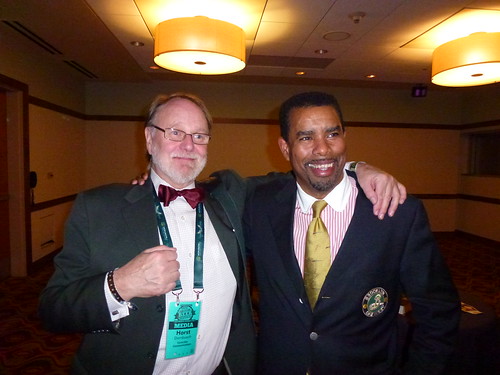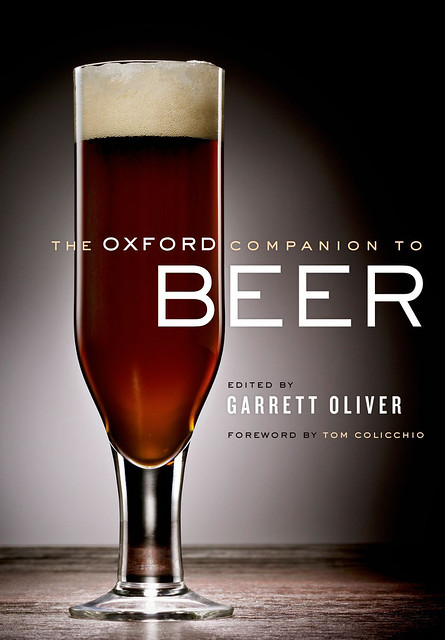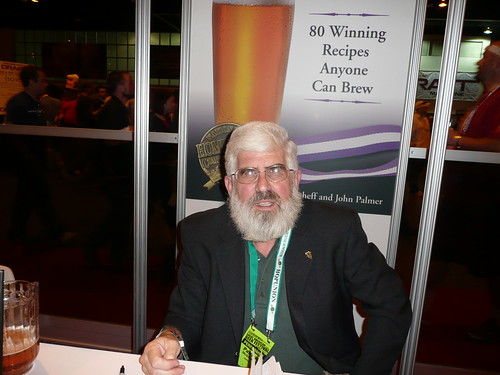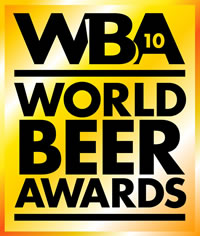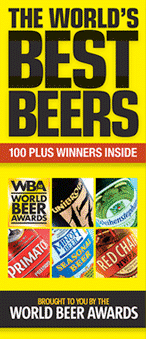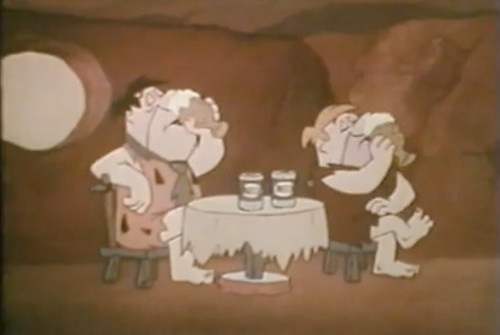![]()
While doing some searching yesterday for beer pioneers, I found once more the book of photographs by David Bjorkman entitled MICROBREWERS: 1981-1996: A Photo History. Bjorkman co-founded New Brewer magazine, which is today the in house trade publication for the Brewers Association. The book came out a couple of years ago, self-published as a blurb book by Bjorkman, and I bought a copy right after I got a press release about it.
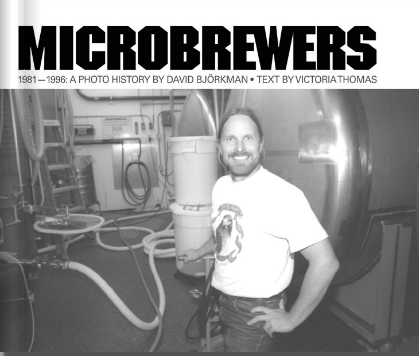
It’s filled with great black and white photographs of the very early days of craft beer and includes a lot of folks still making great beer today. Here’s how the book is described at the website:
In this homage to American microbrewers, international photojournalist David Bjorkman has created a photo gallery of brewers and breweries from 1981 to 1996. This collection of rare photos captures the early years of specialty brewing as the industry began its meteoric rise into the hearts of admiring beer-lovers nationwide.
Those were heady years filled with the pure joy of brewing. Brewers with big dreams opened their microbreweries, brewpubs and contract brewing companies on shoestring budgets, and succeeded in establishing their unique place in the history of American brewing. “Hand-crafted,” “fresh,” “flavorful” were how they described their beers, and it was the start of something special.
David’s photos document the pioneers and players who came to brewing from different backgrounds and disciplines, but who all had a passion for beer. Some became industry leaders, with their names, faces and beers known to beer-connoisseurs across the nation. Some shot to fame, but for lack of money or know-how fell into history. But all were dynamic and visionary, intense and driven to give beer their best.
Here are photos of the first microbrewers in the United States; of early Great American Beer Festivals; of Batch #176 being brewed at the Widmer Brewing Co.; of the Mendocino Brewing Co. team; and of hundreds of brewers across the country.
These photos provide a veritable “who’s who” of the early microbrewing industry, a history worthy of a place on every beer-lovers book shelf.
Below is a photo-collage video of many of the photos from the book. How many people can you identify?


